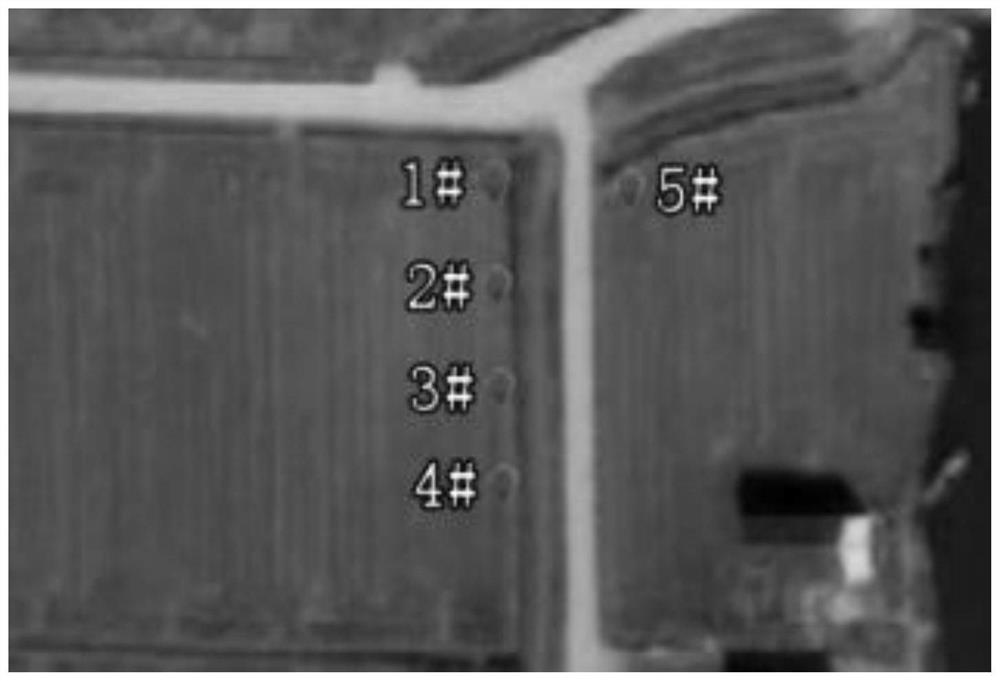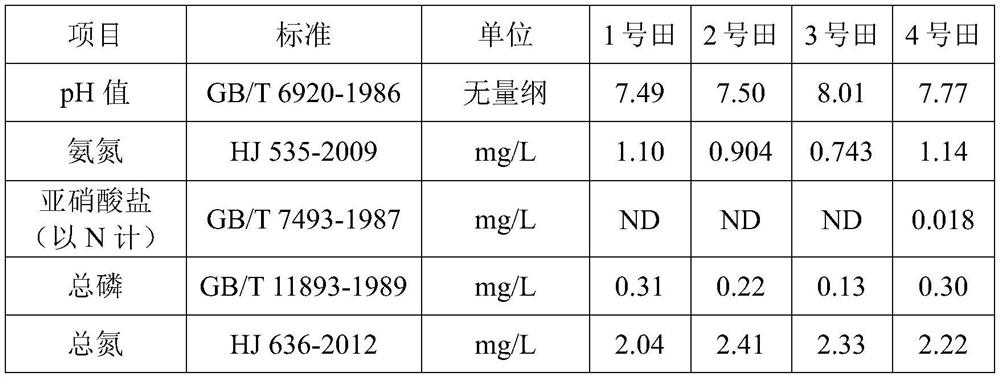Method for breeding crayfish after rice straw compost fermentation and returning to field
A rice straw composting and rice straw technology, applied in the field of crayfish farming, can solve the problems of difficult water absorption, time-consuming and labor-intensive, and strong destructive dams, so as to improve nutrition and functionality, improve soil aggregate structure, and promote humification and the effect of mineralization
- Summary
- Abstract
- Description
- Claims
- Application Information
AI Technical Summary
Problems solved by technology
Method used
Image
Examples
Embodiment 1
[0040] Chop the rice straw into 3-5cm, keep the moisture content of the straw up to about 60%, every 10m 3Add 1 kg of humic bacteria (produced by Wuxi Sanzhi Biotechnology Co., Ltd.: Lactobacillus plantarum, Lactobacillus acidophilus, and Lactobacillus texas, the content of live bacteria is 100 million per gram), adjust the water content to 55%, mix well and pile up Make piles (pile height 1.4m), carry out continuous composting and fermentation, monitor the temperature in the pile, when the temperature rises above 70°C, keep warm for 2 days, turn the pile, heat the material again to above 70°C, keep warm for 2 days, turn the pile, repeat The above process, until the fermentation time is 65 days, the rice straw is loose, dark brown, uniform in color, and has a fermented smell, and the fermentation is completed. After testing, the mass of straw before composting is 418.25kg, and the mass of straw after composting is 272.15kg.
Embodiment 2
[0042] Same as Example 1, the difference is that every 5m 3 Add 1 kg of humic bacteria (produced by Wuxi Sanzhi Biotechnology Co., Ltd.: Lactobacillus plantarum, Lactobacillus acidophilus, Lactobacillus texas, the content of live bacteria is 100 million per gram). After testing, the mass of straw before composting is 436.55kg, and the mass of straw after composting is 236.48kg.
PUM
 Login to View More
Login to View More Abstract
Description
Claims
Application Information
 Login to View More
Login to View More - R&D
- Intellectual Property
- Life Sciences
- Materials
- Tech Scout
- Unparalleled Data Quality
- Higher Quality Content
- 60% Fewer Hallucinations
Browse by: Latest US Patents, China's latest patents, Technical Efficacy Thesaurus, Application Domain, Technology Topic, Popular Technical Reports.
© 2025 PatSnap. All rights reserved.Legal|Privacy policy|Modern Slavery Act Transparency Statement|Sitemap|About US| Contact US: help@patsnap.com



